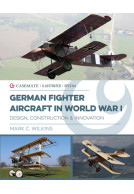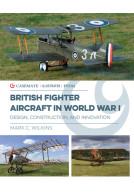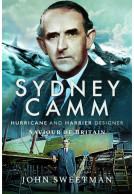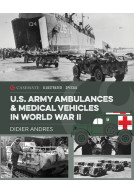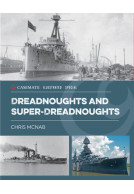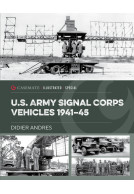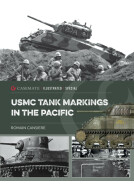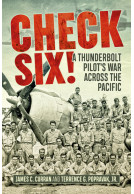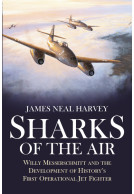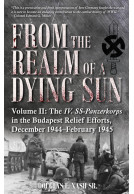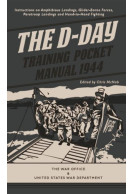German Fighter Aircraft in World War I (Hardback)
Design, Construction and Innovation
Imprint: Casemate Publishers
Series: Casemate Illustrated Special
Pages: 160
Illustrations: 400 photographs and diagrams and 10 color profiles
ISBN: 9781612006192
Published: 30th September 2019
(click here for international delivery rates)
Order within the next 3 hours, 45 minutes to get your order processed the next working day!
Need a currency converter? Check XE.com for live rates
Fighter aircraft were developed by during World War I at an unprecedented rate, as nascent air forces sought to achieve and maintain air supremacy. German manufacturers innovated at top speed, while constantly scrutinizing the development of new enemy aircraft. The Germans also utilized the concept of systematic production or modular engineering during the war—Fokker capitalized on this aspect with all his aircraft built in a similar fashion—wooden wings with welded steel fuselages. This meant that they could be disassembled or reassembled quickly in the field—unlike many Allied aircraft. Pfalz and Albatros were the first to realize the importance of a streamlined fuselage—the precursor to all that would follow. Both of these companies built semi-monocoque fuselages using plywood to develop semi-stressed skin—the Allies had nothing like this. The Germans also perfect powerful inline engines, as exemplified by the Albatros fighters. These engines did not have the gyroscopic effect of the rotary engines and as such were easier and more stable to fly. Fokker was slow to give up his rotary engines but once he did, the result was the iconic Fokker D VII—years ahead of its time and the only aircraft specifically mentioned in the Treaty of Versailles that Germany could not build after the war.
German Fighter Aircraft in World War I explores how German fighter aircraft were developed during the war, the innovations and trials that made the Fokker D VII possible, and the different makes and types of aircraft. Using unpublished images including photographs of surviving aircraft, archive images, and models and replicas, it shows details of aircraft that were kept top secret during the war. Extensively illustrated with 140 photos and ten color profiles, this is will be essential reading for all WWI aviation enthusiasts and modellers.
These books are not for those seeking stories of dogfights and derring-do. Though being a test pilot in some of these designs was certainly no less brave and deserves immense respect.
History Book Chat
Both books cover a host of aircraft. We learn of how the companies like Sopwith, A.V. Roe, Junkers and Fokker began. Who the designers were and how the aircraft went from a drawing to taking to the air.
Some would have a short flying career whilst others are still renowned today.
Often illustrated books can be light on narrative, not an issue here. Even for those more technically minded, there is plenty of information.
Being part of Casemate's Illustrated series, both books are packed with blueprints & original drawings. The reader will enjoy the fabulous array of photographs from both back in the day, to the fabulous colour photos that show both flying and museum examples.
My own interest in aviation has rather neglected the early period of flying and the first world war. These magnificent and high quality books have been thoroughly enjoyed and very much appreciated.
I found them both to make excellent coffee table reads where I could relax and read one chapter individually on one company and it's aircraft.
I have seen there is a French Fighter book to follow soon. I shall certainly be adding that to my wishlist. Fabulous books.
As featured in
Great War IMPS







